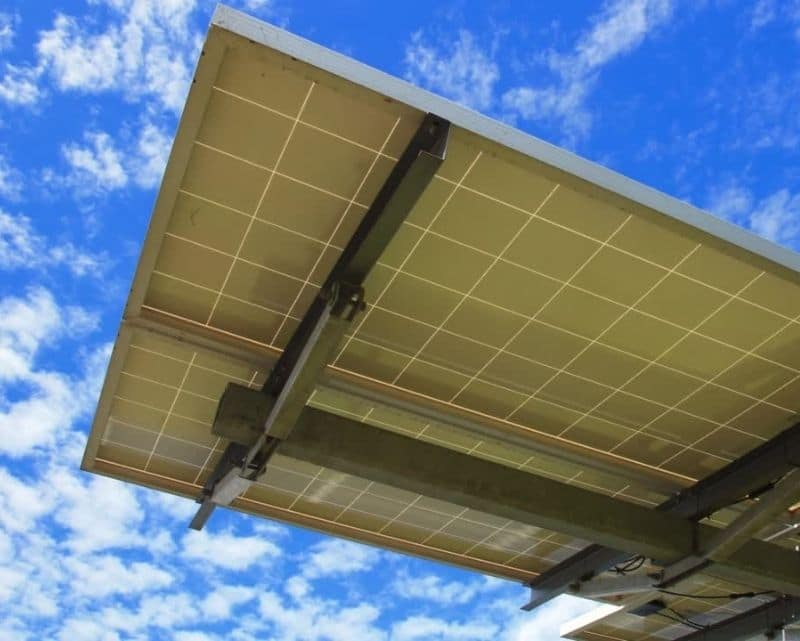The two years of Covid-19-led unprecedented disruption has ushered in faster adoption of and adaptation to digital power technologies in traditional sectors such as transmission works and rail. It has also brought in fresh fervor toward sunrise sectors such as electric vehicles (EVs), data centers, and renewables—from the government through productivity-linked incentive schemes and from corporates via investment in green businesses.
We are seeing green shoots of recovery in core sectors—mainly government-owned metals and oil and gas industries. With India aiming to hit 500 GW in renewable energy by 2030, the pace of development in sunrise sectors will also pick up. Renewable capacity addition is also likely to be ramped up in 2022, meaning a higher requirement for substations, transmission corridors as well as battery energy storage. Rail electrification, urban metro, and regional transport system will also drive growth, bringing in fresh opportunities for us.
Since the focus is high on sunrise industries, there is tremendous potential in technology localization in areas such as remote power monitoring, predictive maintenance, EV charging, green hydrogen, and energy storage. We are already seeing interest in models such as Energy-as-a-Service (EaaS), augmented reality power applications, and a shift in customer preference from proof-of-concept (PoC) to proof-of-value (PoV). Building the required know-how and skills will underpin all efforts in our pivot to cleaner, greener, and smarter energy, depending heavily on partnerships with academia.
Likewise, as ESG gains spotlight, industry-wide collaboration in greening the power infrastructure and investment in sustainable, eco-efficient, and industry-agnostic power solutions will help India make steady progress toward its energy goals. It is also a vastly untapped market to establish power quality solutions that globally support the renewable segment, for improving the availability and reliability of hybrid grids.
Challenges to overcome
Yet, challenges ranging from new variants of the Covid-19 virus such as Omicron, high commodity prices, material shortages especially of semiconductors will likely weigh on market recovery. Businesses may be finding ways to remain competitive in their pricing. This could also strain for some time the market quest for fresh investments in sunrise sectors.
We expect industrial CAPEX to pick up only by the second half of 2022.
Work in progress
To put our pledges into action, we need the right set of finance, policies, technology, and environment for encouraging companies to go green, to encourage e-mobility in public transport, and to build the hydrogen economy. To achieve scale and speed in the adoption of clean technology, digitalization of the entire value chain in the energy sector and grooming related competencies to make the energy transition a reality are required. This will depend on collaboration and knowledge-sharing across the power value chain.
We need greater support and stimulus in the power industry, including in EV charging infrastructure, and faster decision-making on transformational projects. A reliable framework to facilitate timely payments to various stakeholders in the power value chain, as well as faster implementation of quality-cum-cost-based selection of manufacturers in critical product procurement could be immediate priorities. Incentivization to set up new factories in sunrise sectors, especially in rural India, is another area that can strengthen the Make-in-India drive as well as promote employment and talent building.
To make good on its climate pledges and sustain advancement on its Nationally Determined Contributions, India needs multi-faceted progress. As fast as cleaning the energy supply, it must upscale the grid and transform the devices such as EVs and sectors such as oil and gas, cement, and steel — that rely on it. This will require next-level planning and collaboration between various stakeholders – industry, policymakers, civic authorities, academia, and research – to fine-tune current realities with long-term goals.
Hitachi Energy has had a strong play in metro and rail, power transmission, and renewables in 2021. It advanced Indian Railways’ mission to achieve net-zero emissions via rail electrification solutions, India’s Power-for-All drive-by commissioning one of India’s longest UHVDC transmission links from Raigarh to Pugalur, as well as provided its technology for a multitude of solar and hydro projects alongside to datacenter players.
The views and opinions expressed in this article are the author’s own, and do not necessarily reflect those held by pv magazine.
This content is protected by copyright and may not be reused. If you want to cooperate with us and would like to reuse some of our content, please contact: editors@pv-magazine.com.








1 comment
By submitting this form you agree to pv magazine using your data for the purposes of publishing your comment.
Your personal data will only be disclosed or otherwise transmitted to third parties for the purposes of spam filtering or if this is necessary for technical maintenance of the website. Any other transfer to third parties will not take place unless this is justified on the basis of applicable data protection regulations or if pv magazine is legally obliged to do so.
You may revoke this consent at any time with effect for the future, in which case your personal data will be deleted immediately. Otherwise, your data will be deleted if pv magazine has processed your request or the purpose of data storage is fulfilled.
Further information on data privacy can be found in our Data Protection Policy.